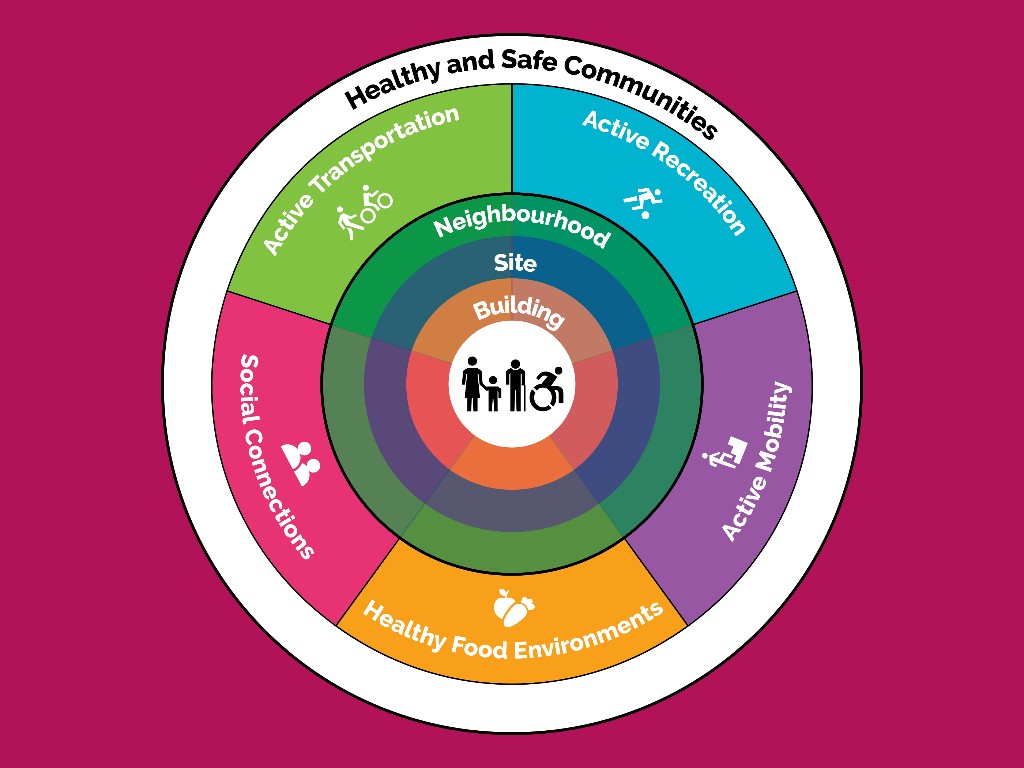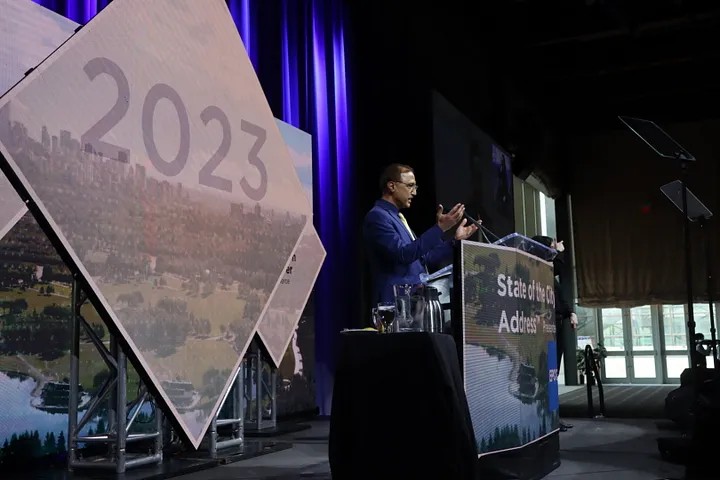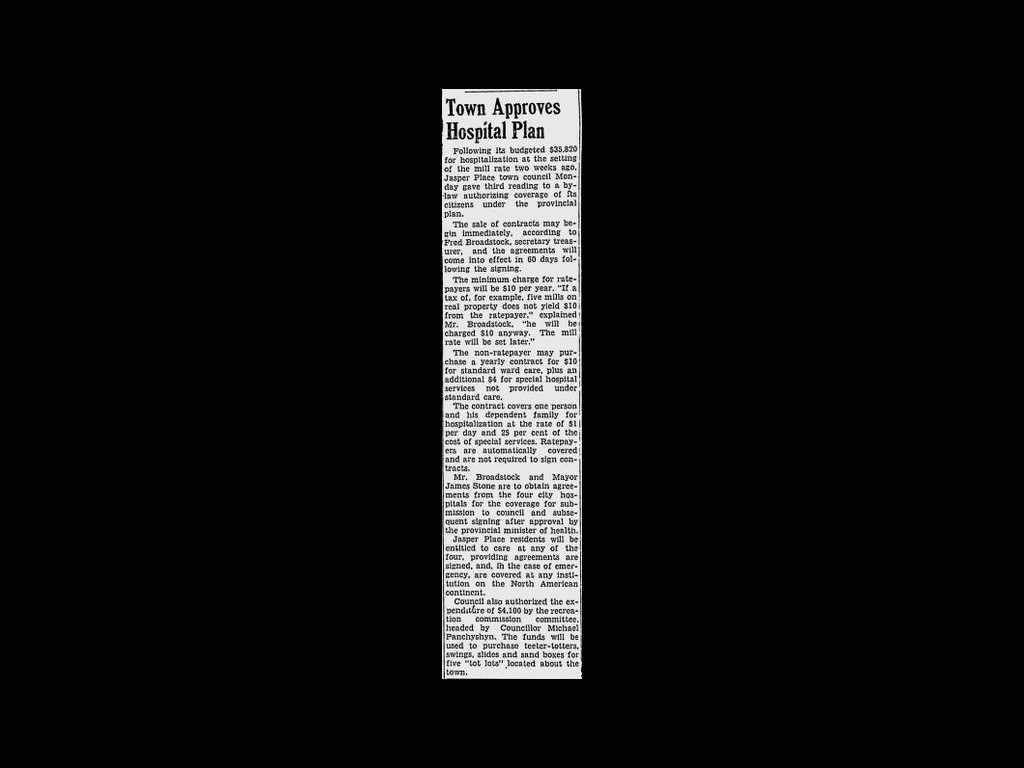
Conference explores what it takes to build a healthy city
By
Paula Kirman
Experts from around the world will gather in Edmonton at the end of May to discuss how to build places that are healthier to live in at the Fit Cities Fit Towns Conference.
The third annual event, organized by Housing for Health on May 30 and 31, will take a deep dive into best practices from Canada and beyond to create environments conducive to a healthy lifestyle and strong community.
"In particular, we are interested in improving three key protective factors for health and wellbeing: active living through active transportation, active recreation, and active mobility in buildings; healthy food and beverage access; and social connections," said Housing for Health director Karen Lee, who published a book called Fit Cities in early 2020.
This year's conference will focus on the soon-to-be-released Healthy Community Guidelines, which Housing for Health has been developing with more than 100 partners across Canada and the U.S.
"The guidelines themselves give evidence- and practice-informed strategies to help provide a health lens on the development, planning, construction, and operations of our neighbourhood, site, and building environments so they are more routinely supportive of active living, healthy eating, and social connections," Lee told Taproot.
This aligns with Edmonton's City Plan, which treats health as an integral part of the decisions to be made as the city grows toward a population of two million. Coun. Ashley Salvador will deliver remarks at the conference, as will Leduc Mayor Bob Young and St. Albert Mayor Cathy Heron.
Fit Cities Fit Towns is open to anyone interested in the connections between health and where we live, "from developers and municipal planners, to designers and architects, to those involved in housing and transportation policy, to health sector folks who work on these issues, to researchers from different fields, to community residents interested in these issues and in finding ways to get involved with making their communities healthier," Lee said.
"We hope that all attendees will leave the conference with inspiration and knowledge that they can make a difference and play a role in improving their community and building environments, in both their professional and personal lives," she added.



